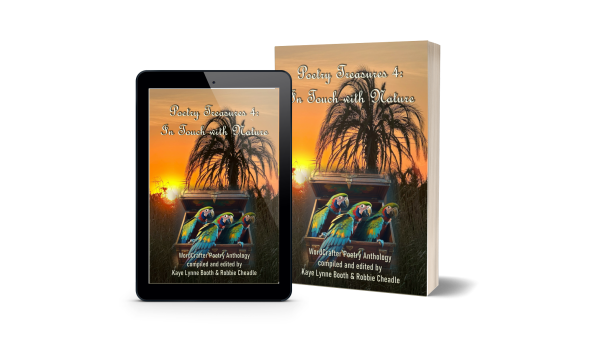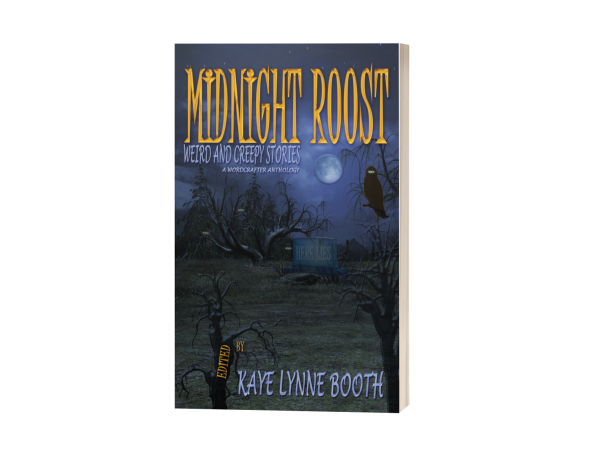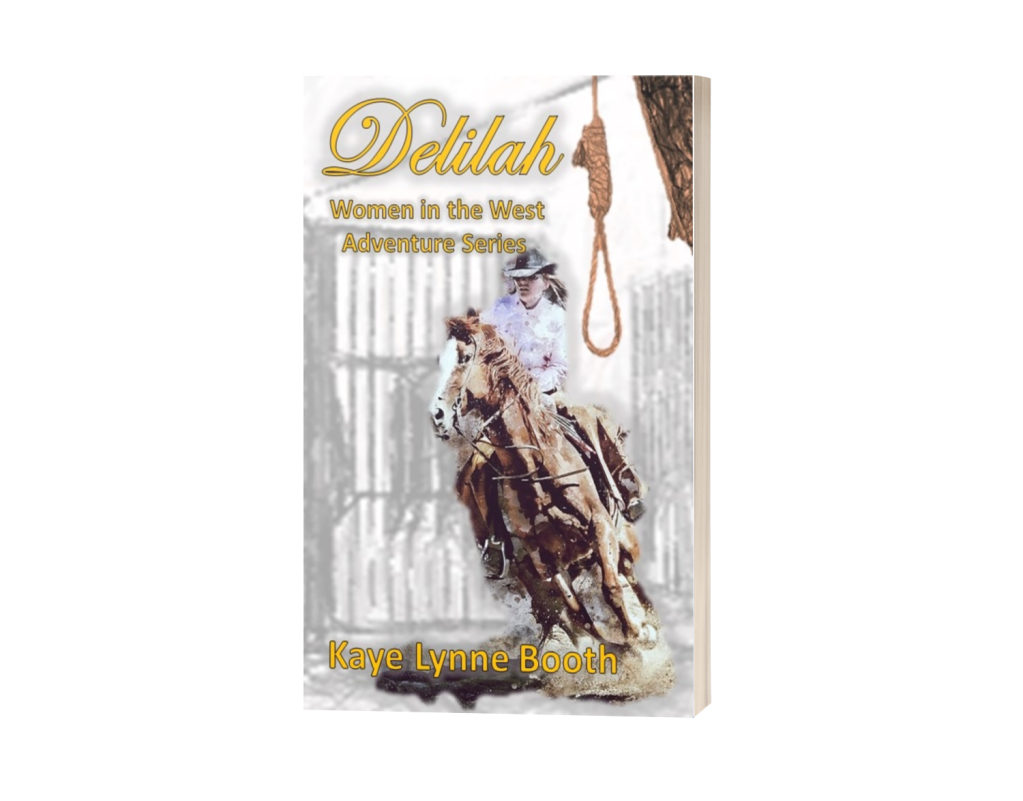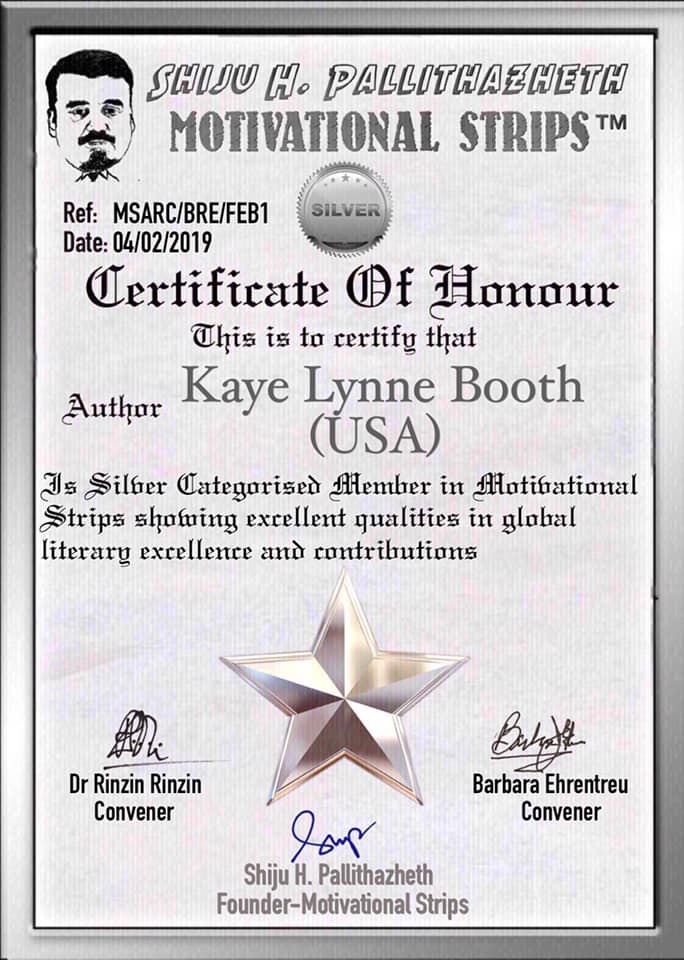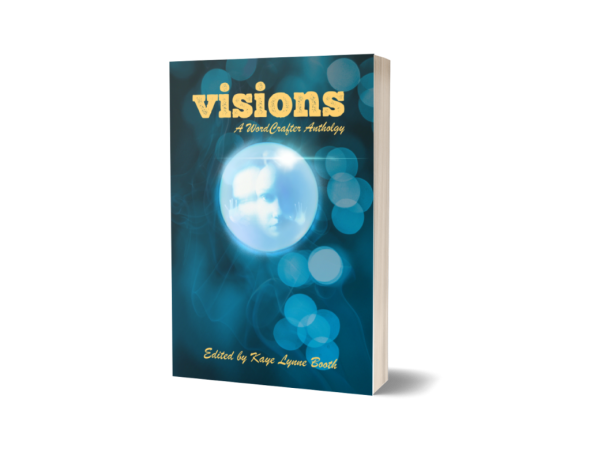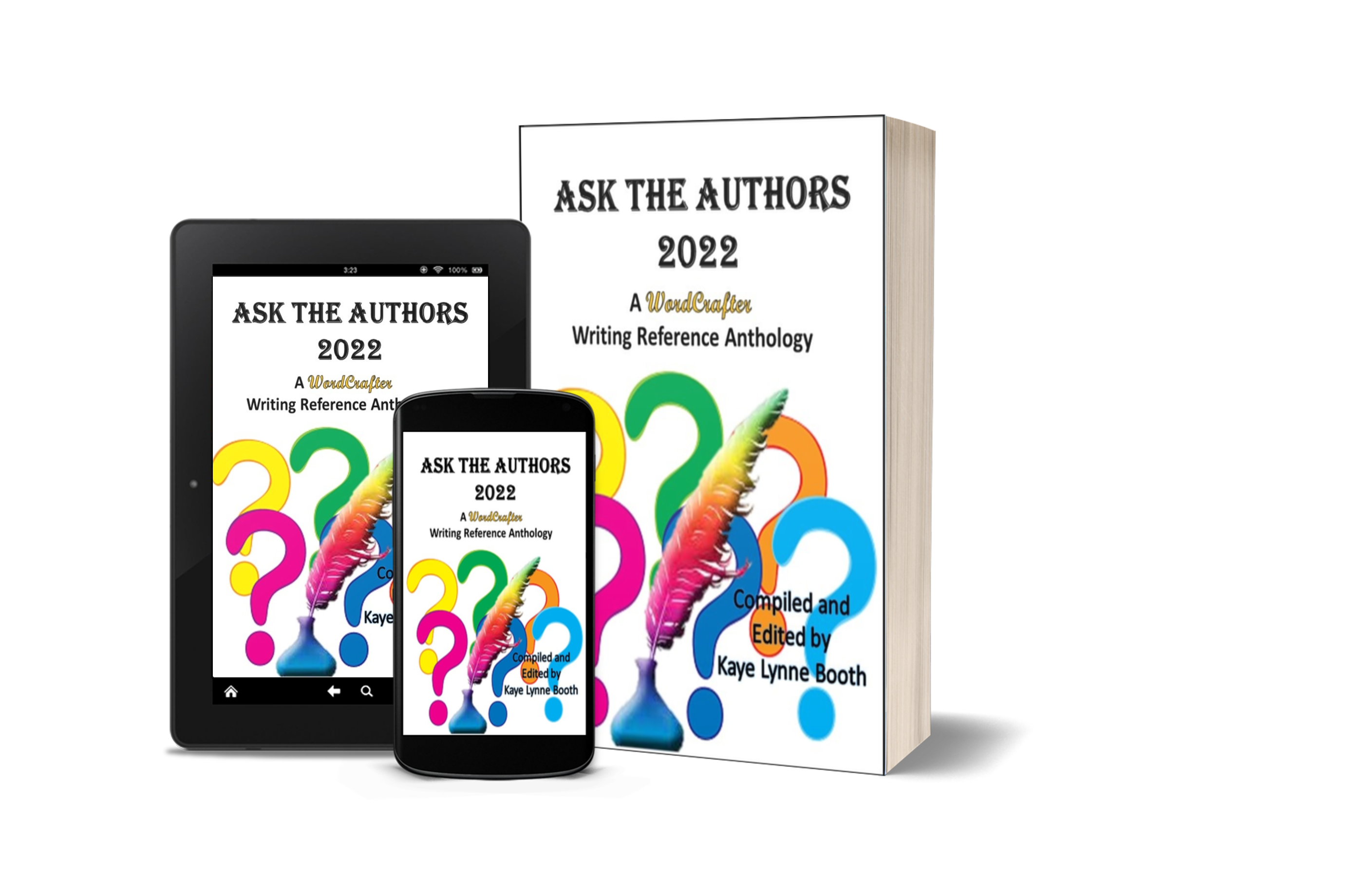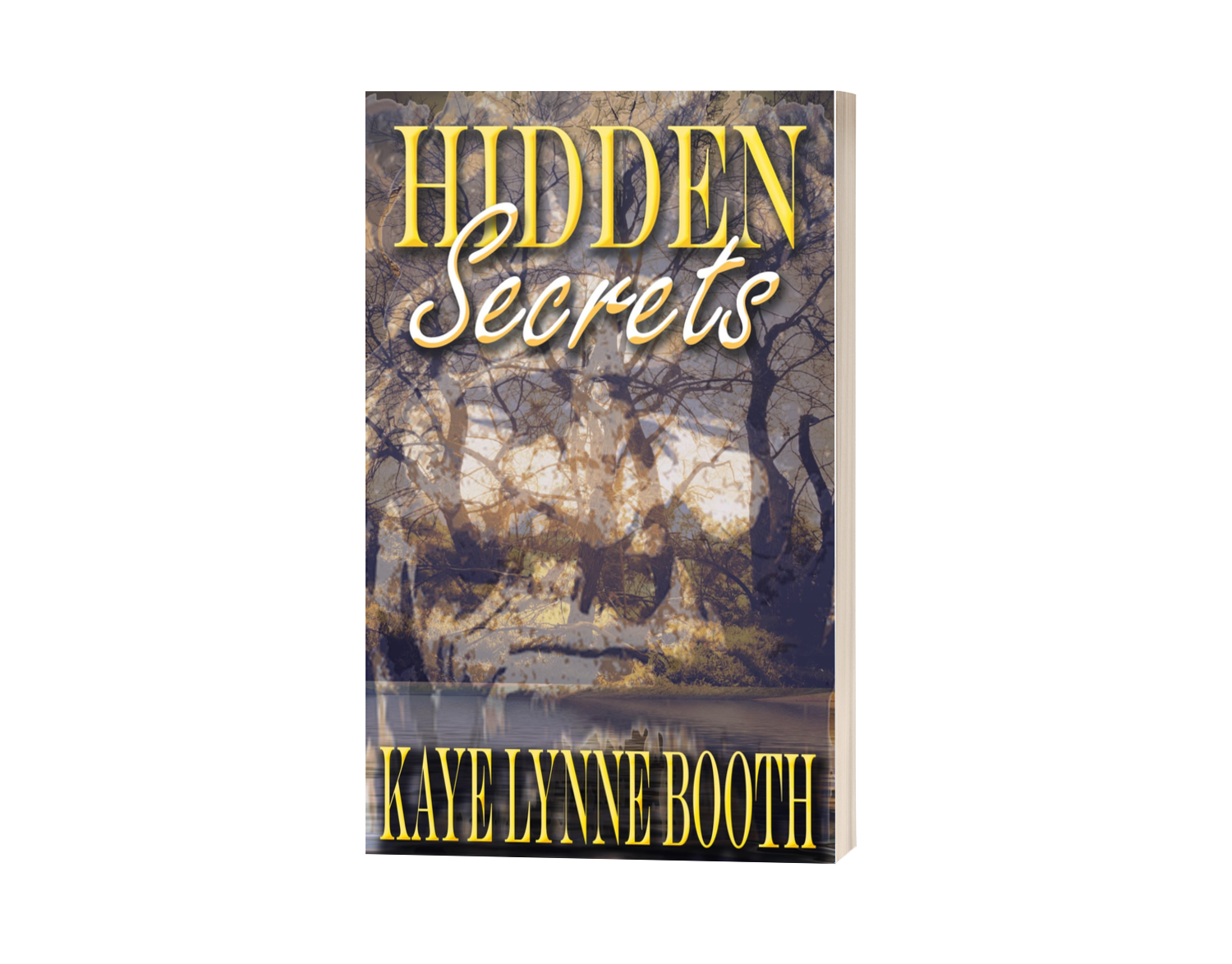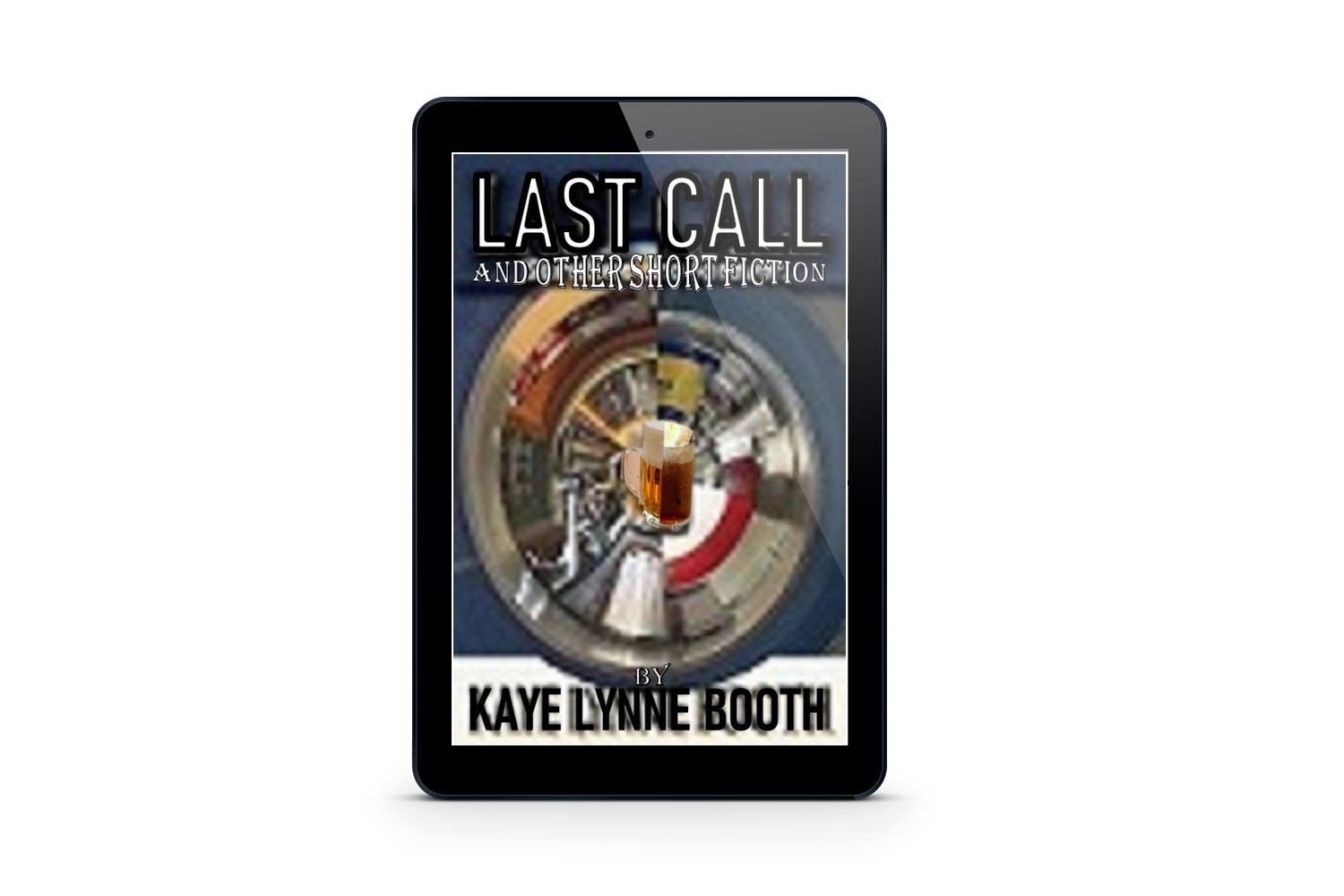In Touch with Nature – Highly endangered African painted wild dogs #Africanwildlife #Africanwilddogs
Posted: April 24, 2024 Filed under: Africa, Animals, In Touch With Nature, Nature, Wildlife | Tags: African Wild Dogs, In Touch With Nature, Nature, Robbie Cheadle, Wildlife, Writing to be Read 76 Comments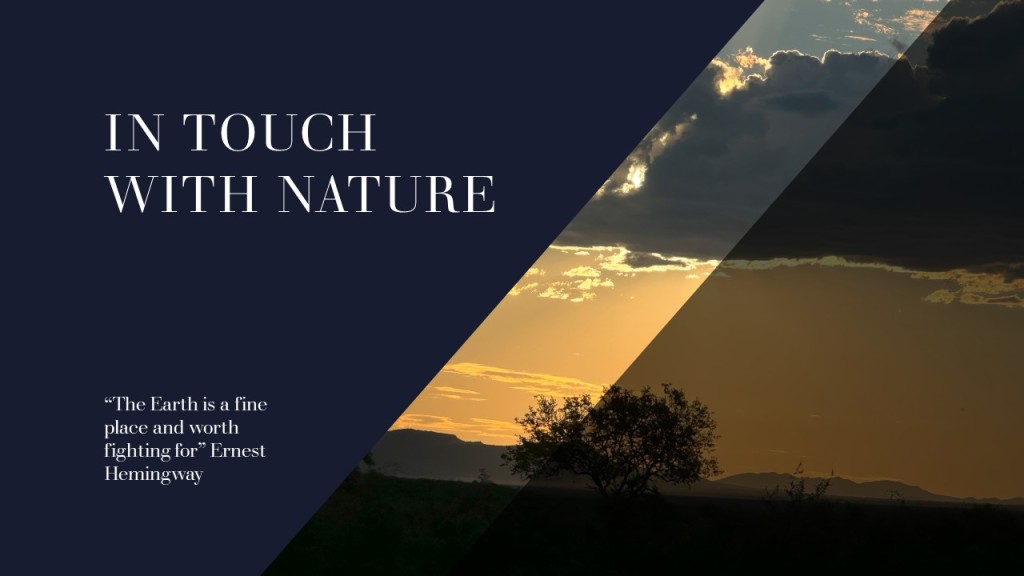
The African wild dog, also called the hunting dog or African painted dog, is currently listed as endangered on the IUCN Red List. According to the African Wildlife Foundation, only 6,600 African wild dogs remain in the wild across the entire African continent. The main reason for their endangerment is habitat fragmentation (the most common reason for wildlife endangerment) which causes conflict between these predators and humans. Throughout Africa, wild dogs have been shot and poisoned by farmers for loss of livestock, even though these losses are frequently due to other predators including hyenas and leopards. In addition, African wild dogs also suffer from endemic disease outbreaks.
African wild dogs have a mottled coat comprising of yellow, black and white patches. They have long legs with flat, broad heads, a short black muzzle, and large round ears.
Wild dogs have strong social bonds and live in packs of two to twenty-seven adults and yearling pups.
Wild dogs are excellent hunters. They hunt in packs of six to twenty individuals and catch their prey by chasing them to exhaustion. Wild dogs can run at speeds of up to 66 km/h (41 mph) for between 10 to 60 continuous minutes. They have an 80 percent kill success rate with is higher than bigger predators like lions and leopards.
Observers have noticed that prior to setting out to hunt, the wild dogs’ populations in the Okavango Delta of Botswana rally to determine whether they should depart. Departure is more likely when more individual dogs sneeze, a short sharp exhale through the nostrils. If a dominant dog initiates by sneezing, around three additional sneezes guarantee departure.
Sighting a pack of African wild dogs in the wild has been on my bucket list for a long time. I was lucky enough to see a pack of wild dogs at the Bthongo Rhino & Lion Nature Reserve but they live inside a relatively small enclosure and are fed.

Obviously, seeing wild dogs in captivity is not quite the same as seeing them in a national park or game reserve. I was, therefore, delighted when we saw wild dogs at Madikwe Game Reserve not once, but two days in a row. We were fortunate enough to observe, the hunt (chase), devouring of a kill, and wild dogs relaxing and having fun.





The poem below, Dog Vote, is extracted from my poetry book, Lion Scream.
Dog Vote
They yelp and growl at play
Then sleep in a mass
Of black fur, overlapped with yellow and white
They are invisible
Among the shadows
***
Having strong social bonds
Wild dogs live in packs
Dominated by a single breeding pair
But they all have a say
Conveyed as a vote
***
Before leaving to hunt
The adults rally
Sneezing to express a preference to hunt
The majority rules
All members comply
This is my YT video of African wild dogs playing:
African wild dogs in a gathering:
About Roberta Eaton Cheadle
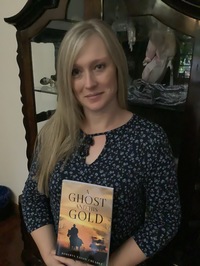
Award-winning, bestselling author, Roberta Eaton Cheadle, is a South African writer and poet specialising in historical, paranormal, and horror novels and short stories. She is an avid reader in these genres and her writing has been influenced by famous authors including Bram Stoker, Edgar Allan Poe, Amor Towles, Stephen Crane, Enrich Maria Remarque, George Orwell, Stephen King, and Colleen McCullough.
Roberta has two published novels and has horror, paranormal, and fantasy short stories included in several anthologies. She is also a contributor to the Ask the Authors 2022 (WordCrafter Writing Reference series).
Roberta also has thirteen children’s books and two poetry books published under the name of Robbie Cheadle, and has poems and short stories featured in several anthologies under this name.
Roberta’s blog features discussions about classic books, book reviews, poetry, and photography. https://roberta-writes.com/.
Find Roberta Eaton Cheadle
Blog: https://wordpress.com/view/robertawrites235681907.wordpress.com
Twitter: https://twitter.com/RobertaEaton17
Facebook: https://www.facebook.com/robertawrites
Amazon: https://www.amazon.com/Roberta-Eaton-Cheadle/e/B08RSNJQZ5
_____________________________________________________________________________________________
Want to be sure not to miss any of Robbie’s “In Touch With Nature” segments? Subscribe to Writing to be Read for e-mail notifications whenever new content is posted or follow WtbR on WordPress. If you found it interesting or entertaining, please share.
Bonanza!
Posted: June 12, 2023 Filed under: history, Inspirational, Nature, Photography | Tags: Bonanza, Colorado History, Exchequer, Kaye Lynne Booth, Mining towns, Nature, Writing to be Read 8 Comments
History
Bonanza, Colorado is an old silver mining town, settled in 1880, which I have visited for many years. Originally, purported to have over 100 buildings, including 36 saloons and 7 dancehalls. It also boasted a post office, a drugstore, a hardware store, a town hall, a schoolhouse, a furniture store and two hotels. As the silver mines were played out the population dropped, but the town got a second wind when the Rawley mine was discovered in the 1920’s and they carried the ore out to the mill in Shirley by cabletram. The town was virtually abandoned after ore production fell off in the 1930s.
Bonanza Today
Now, just a small number of year round residents, (17 in 2020 according to wikipedia), some of the old mining buildings are still standing beyond the township. Although the town is kind of cool, these mining structures, which can be found beyond the town up a four-wheel-drive road, are what has always interested me more than the town itself.









The old ore stamping mill, seen in the photos above, is now crumbling down in disrepair, but in years past I explored the interior with my children. Most of the staircases were intact when I first explored the remains of Bonanza, and at one time, I climbed all the way to the top of the mill, but today only two short stairways are even passable. The equipment that was to large and too heavy to be carried off by scavengers and vandalls, such as the large stamps used to crush the rock so they could seperate the ore, and the engine which ran the pulley system that brought the ore up from the mine remained thirty years ago, but today even these items have been hauled out by those determined enough to collect the scrap metal fee from them.
Exchequerville
Above Bonanza there exists an old cabin, which is the only remians of the townsite of Exchequer, or Exchechequerville. On the hill above is an old cemetary, which caught my interest, so I’ve visited there two or three times. I’ve always wondered what the story was about this little mining town. Whenever I’ve visited, I’ve felt like there was a story there, and it has made me curious. I found very little information about this strange place with one building and a cemetary to attest that it ever existed at all.
All I did find was a tidbit to make an interesting aside, probably of more interest to female authors. According to a site called Haunted at Timberline, Exchequer fame is attributed to three female authors wrote books using Bonanza and Exchequer as their setting. Anne Ellis wrote a sereis of letters chronicaling the pioneer life of she and her family, much of which took place around Exchequer, and the collection is housed in the University of colorado Boulder Libraries. Her book, titiled “The Life of an Ordinary Woman”, is a part of a triad of famous books written by female authors during the gold and silver rushes in the mid-to-late 1800s, including Father Struck it Rich, by Evalyn Walsh McLean and Tomboy Bride, by Harriette Fish Backus. Ellis, her mother and her two brothers are all buried in the cemetary above the old townsite.
Site Seeing
At an elevation of 9, 470 feet, Bonanza is a favortite spot to visit for fall colors, as well. With several four-wheel-drive trails which venture into the hills above, including the Ottis Mears Toll Road, there is plenty of trees and open space for picnicking, hiking, riding, camping, or however else you choose to enjoy the great Colorado outdoors.

References
“Bonanza, CO Ghosttown – By Villa Grove”. Uncover Colorado. Retrieved from https://www.uncovercolorado.com/ghost-towns/bonanza/
“Bonanza, Colorado”. Western Mining History. Retrieved from https://westernmininghistory.com/towns/colorado/bonanza/
“Rawley Mine, Bonanza, Colorado”. onX maps. Retrieved from https://www.onxmaps.com/offroad/trails/us/colorado/rawley-mine-bonanza
Bradford Harrison. “About Exchequer Cemetary”. Haunted at Timberline. Retrieved from http://hauntedattimberline.com/about/exchequercemetery.htm
“Anne Ellis Papers Collection”. University of Colorado Boulder Libraries. Retrieved from https://archives.colorado.edu/repositories/2/resources/96
CFFC: Anything small & Found in nature #photography #nature
Posted: April 15, 2023 Filed under: Nature, Photography, Writing to be Read | Tags: CFFC, Nature, Photography, Poetry Challenge, Small, Writing to be Read 10 Comments
I found this challenge through a post which Robbie Cheadle made earlier this week, where she posted several lovely photos. You can see Robbie’s response to this challenge on Roberta Writes. I went to Cee’s blog to see what all the fuss was about and it sounded like fun, so I decided to join in with this Saturday post. You can find out more about Cee’s cool challenges here.
The smallest of the bird species comes in a variety of colors with a plethora of different types of Hummingbirds all over the world. Above is a male Rufus Hummingbird drinking from one of my feeders while hovering in mid-air.

The small blooms of a Geranium flower.

The Indian Paintbrush flower comes in bright, dazzling orange.

Dwarf Marigold growing in my garden always brightens things up for me.

A butterfly lands on the tiny blooms of a purple bell flower.
_______________________________________________________________________
For Kaye Lynne Booth, writing is a passion. Kaye Lynne is an author with published short fiction and poetry, both online and in print, including her short story collection, Last Call and Other Short Fiction; and her paranormal mystery novella, Hidden Secrets; and book 1 of her Women in the West adventure series, Delilah. Kaye holds a dual M.F.A. degree in Creative Writing with emphasis in genre fiction and screenwriting, and an M.A. in publishing. Kaye Lynne is the founder of WordCrafter Quality Writing & Author Services and WordCrafter Press. She also maintains an authors’ blog and website, Writing to be Read, where she publishes content of interest in the literary world.

__________________________________________________________
Want exclusive content? Join Kaye Lynne Booth & WordCrafter Press Readers’ Group for WordCrafter Press book & event news, including the awesome releases of author Kaye Lynne Booth. She won’t flood your inbox, she NEVER sells her list, and you might get a freebie occasionally. Get a free digital copy of her short story collection, Last Call and Other Short Fiction, just for joining.
Growing Bookworms – Teaching children about nature and conservation
Posted: January 11, 2023 Filed under: Books, Children's Books, Nature | Tags: Conservation, Growing Bookworms, Nature, Parenting, Robbie Cheadle, Writing to be Read 45 Comments
Teaching our children about the natural environment and conservation is one of the greatest gifts we can give them. There are a few good ways of making sharing about nature and conservation with children, as follows:
- Reading books about nature with your child;
- Exploring nature with your child;
- Art and play; and
- Watching documentaries
Reading
There are a number of wonderful children’s books that subtly teach children about the wonders of nature. One is The Secret Garden by Frances Hodgson Burnett when Dicken shows Mary how to care for the locked garden and plant new flowers. Journey to the River Sea by Eva Ibbotson is another. Set along the Amazon River in Brazil, this book has a strong theme about the importance of nature to the human spirit. A few other wonderful children’s books about animals are White Fang by Jack London, The Incredible Journey by Sheila Burnford, Charlotte’s Webb by E.B. White, Jock of the Bushveld by Sir James Percy FitzPatrick, and The Jungle Book by Rudyard Kipling.
This is the song, The Bare Necessities, from Disney’s The Jungle Book, when Baloo, the Sloth Bear, meets Mowgli, the human boy.
There are also some excellent non-fiction books that explain a lot about nature. One of my favourites is Nature Cross-Sections by Richard Orr which includes wonderful picture spreads of cross-sections of, amongst others, a beehive, a tide pool, a termite mound, and a beaver lodge.

The Disney Mickey Wonders Why series is also terrific for young children. Laid out as a series of questions such as Why is the sky blue? and Why is the grass green? these books include comprehensive, yet simple, answers and lovely illustrations. You can find the Micky Wonders Why series on Amazon as a set of books or as single books.
Do you have any wonderful books for children about nature that you can recommend?
Exploring nature
There are numerous ways to explore nature and its bounty with your child from nature walks to visiting places of interest like aquariums, bunny parks, and game reserves.
Cooking or baking with your child is also a wonderful way of teaching your child about natures bounty and the products the animal kingdom contributes to our lives including eggs and fresh milk. I was surprised to discover that some city children don’t know that milk and other dairy products generally come from cows.
Art and play
When my sons were younger, we used to play games that included animals. We built a game reserve in the sand pit and set out all the toy animals. We learned about the natural habitat of different animals and that some animals live in rocky terrain, some in savannah areas and some in the forest. We created the right habitat using pot plants and garden rocks and put the correct animals in the correct areas. We also played a water game with a large plastic shell full of water, rocks and a few plants. The water animals lived in the pond. Small children love playing in sand and water and it has many benefits for them. It was amazing how the boys and their friends learned to work together with these games.
I also did a lot of art with my children. We made a swamp from an old cardboard box, paper and paint and learned about the animals that live in a swamp including, of course, Shrek and Fiona. We made centipedes from parts of egg boxes and pipe cleaners and built a volcano from paper mache. When it comes to art, the options are limitless for learning and lots of tactile fun.
Watching documentaries
There are numerous amazing documentaries available that parents can watch with their children. It is always fun to discuss the details of these shows with children afterwards and explore and develop their thoughts and impressions from the information and visuals provided.
Conservation
It is not enough just to talk about conservation, you have to lead by example and demonstrate through your own choices and actions the importance of helping the planet and all its creatures and forms of life to thrive. I will expand on conservation and leading by example in a future post.
About Robbie Cheadle

Robbie Cheadle is a South African children’s author and poet with thirteen children’s books and two poetry books.
The eight Sir Chocolate children’s picture books, co-authored by Robbie and Michael Cheadle, are written in sweet, short rhymes which are easy for young children to follow and are illustrated with pictures of delicious cakes and cake decorations. Each book also includes simple recipes or biscuit art directions which children can make under adult supervision.
Robbie and Michael have recently introduced the first book in the Sir Chocolate holidays and high days book series. Sir Chocolate and the Missing Christmas harp is available on Kindle Unlimited and as an ebook and paperback from Amazon. This series is illustrated with Robbie Cheadle’s gorgeous cake and fondant artwork and includes themed activities and recipes for adults to make with children.
Robbie and Michael have also written Haunted Halloween Holiday, a delightful fantasy story for children aged 5 to 9. Count Sugular and his family hire a caravan to attend a Halloween party at the Haunted House in Ghost Valley. This story is also beautifully illustrated with Robbie’s fondant and cake art creations.
Robbie has also published two books for older children which incorporate recipes that are relevant to the storylines as well as one micro read with a Christmas theme.
Robbie has two adult novels in the paranormal historical and supernatural fantasy genres published under the name Roberta Eaton Cheadle. She also has short stories, in the horror and paranormal genre, and poems included in several anthologies.
Robbie Cheadle contributes two monthly posts to https://writingtoberead.com/, namely, Growing Bookworms, a series providing advice to caregivers on how to encourage children to embrace learning, and Treasuring Poetry, a series aimed at introducing poetry lovers to new poets and poetry books.
In addition, Roberta Eaton Cheadle contributes one monthly post to https://writingtoberead.com/ called Dark Origins: Nursery Rhymes and Fairy Stories.
Find Robbie Cheadle
Blog: https://www.robbiecheadle.co.za/
Blog: robbiesinspiration.wordpress.com
Twitter: BakeandWrite
YouTube: https://www.youtube.com/channel/UCVyFo_OJLPqFa9ZhHnCfHUA
Facebook: Sir Chocolate Books
______________________________________________________________________________________________
Want to be sure not to miss any of Robbie’s “Growing Bookworms” segments? Subscribe to Writing to be Read for e-mail notifications whenever new content is posted or follow WtbR on WordPress. If you found it interesting or entertaining, please share.
An ATV ride on an autumn afternoon
Posted: November 7, 2022 Filed under: Poetry, Writing Inspiration, Writing Life | Tags: Kaye Lynne Booth, Nature, Poetry, Writing to be Read 4 CommentsI took an ATV ride today and just had to share the fall colors with you.


















Aspens are my favorite trees, as you might guess. Let me also share a poem about them which seems fitting. This is a minimalist poem which I’m particularly found of. It was published in Colorado Life magazine (September/October 2016). I do hope you enjoy it.
Aspen Tree
Dark eyes staring out of white bark
Scantily clad by quivering green leaves
Turning waxy yellow in fall
Stark and exposed in winter

For Kaye Lynne Booth, writing is a passion. Kaye Lynne is an author with published short fiction and poetry, both online and in print, including her short story collection, Last Call and Other Short Fiction; and her paranormal mystery novella, Hidden Secrets. Kaye holds a dual M.F.A. degree in Creative Writing with emphasis in genre fiction and screenwriting, and an M.A. in publishing. Kaye Lynne is the founder of WordCrafter Quality Writing & Author Services and WordCrafter Press. She also maintains an authors’ blog and website, Writing to be Read, where she publishes content of interest in the literary world.
_________________________
Join Kaye Lynne Booth & WordCrafter Press Readers’ Group for WordCrafter Press book & event news, including the awesome releases of author Kaye Lynne Booth. Get a free digital copy of her short story collection, Last Call and Other Short Fiction, as a sampling of her works just for joining.


